DRHA (2022)
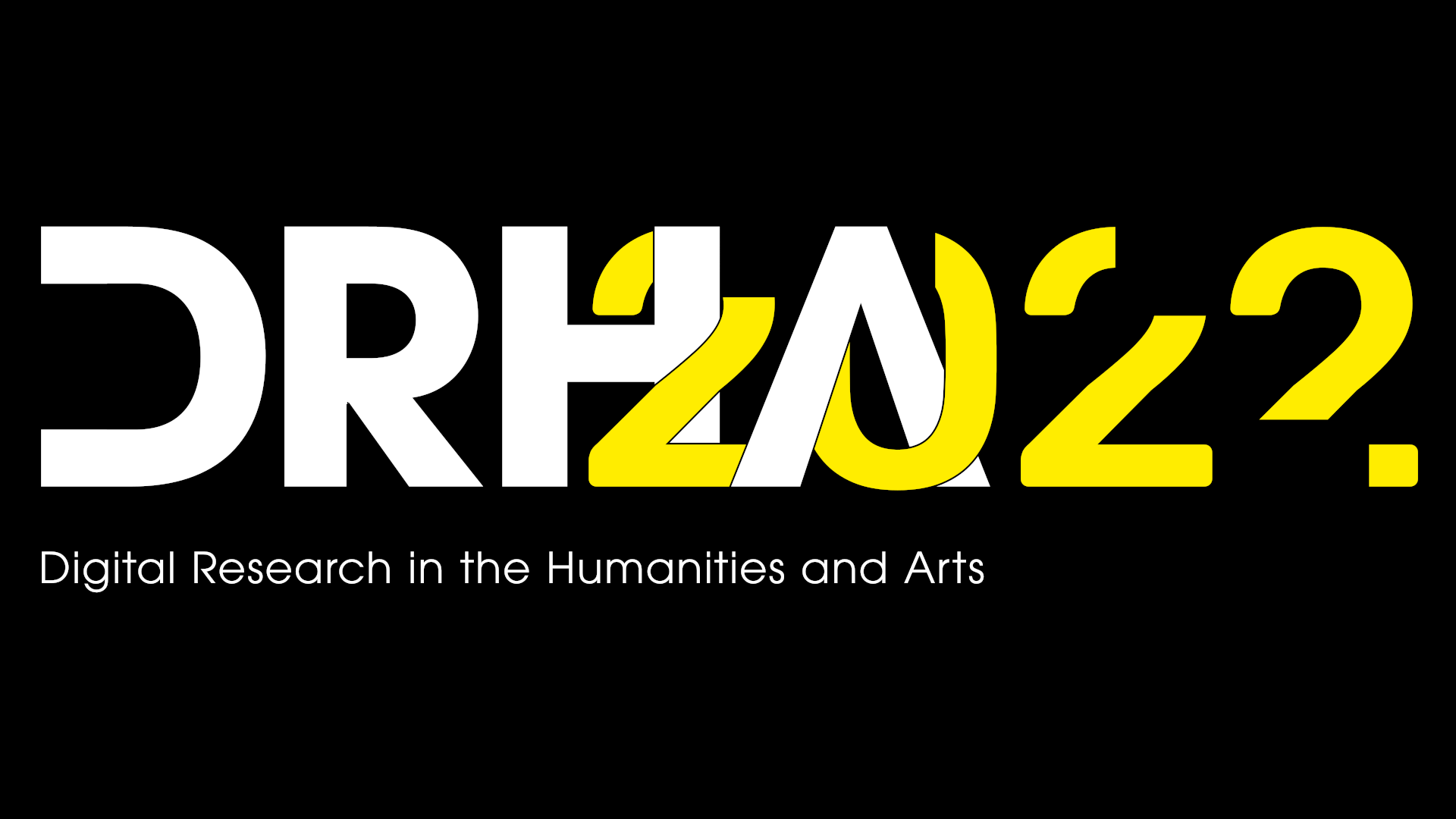
https://www.drha.uk/2022/programme/
Opening concert of Digital Research in Humanities and Art Conference 2022.
Sunday, 4 September 2022 // 16:30 // Town House Theatre, Penrhyn Rd, Kingston upon Thames KT1 2EQ, United Kingdom

https://www.drha.uk/2022/programme/
Opening concert of Digital Research in Humanities and Art Conference 2022.
Sunday, 4 September 2022 // 16:30 // Town House Theatre, Penrhyn Rd, Kingston upon Thames KT1 2EQ, United Kingdom
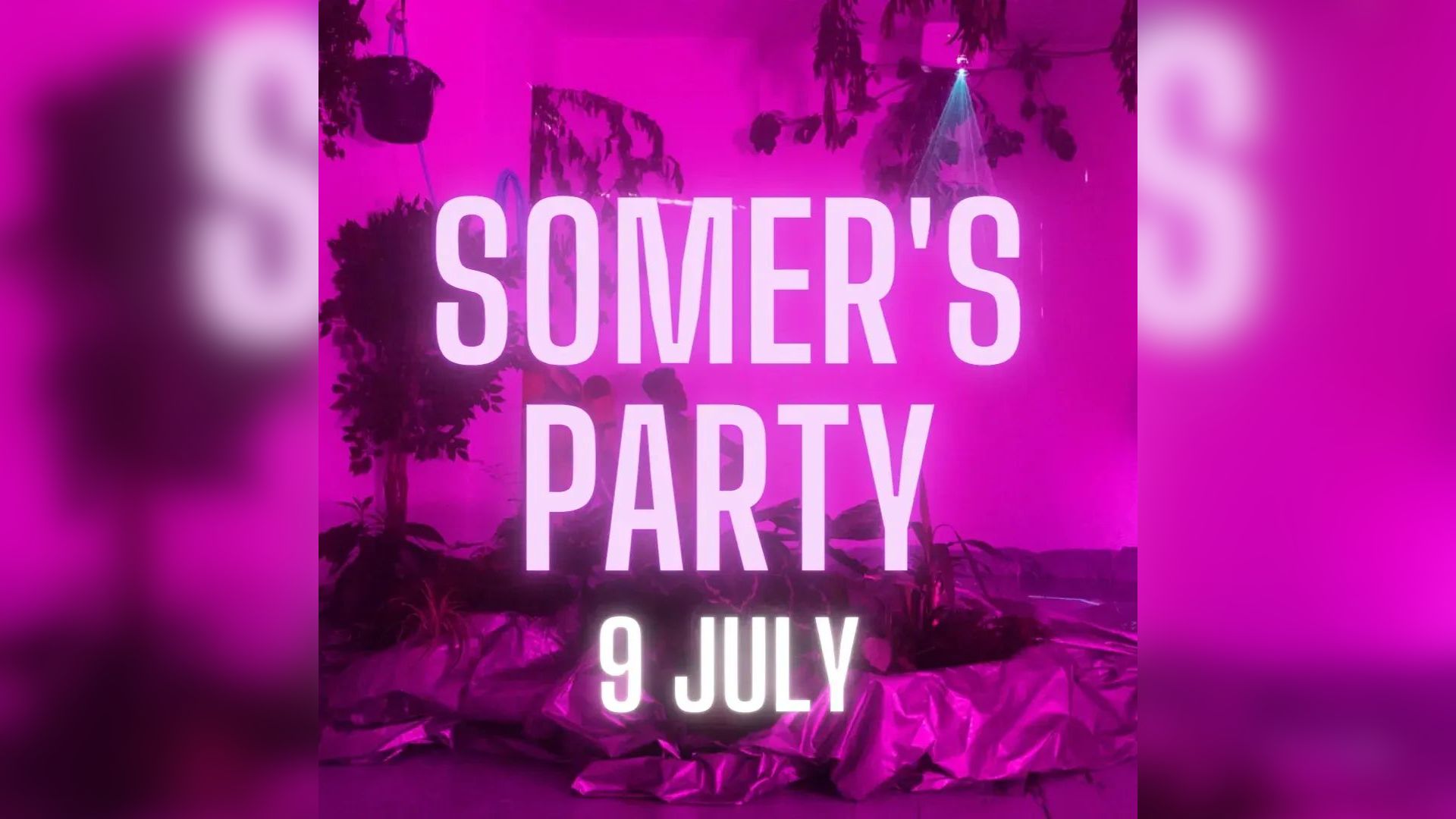
Part of the Somers Town Festival
Saturday, 9 July 2022 // noon - 8pm // Chalton Street, London NW1
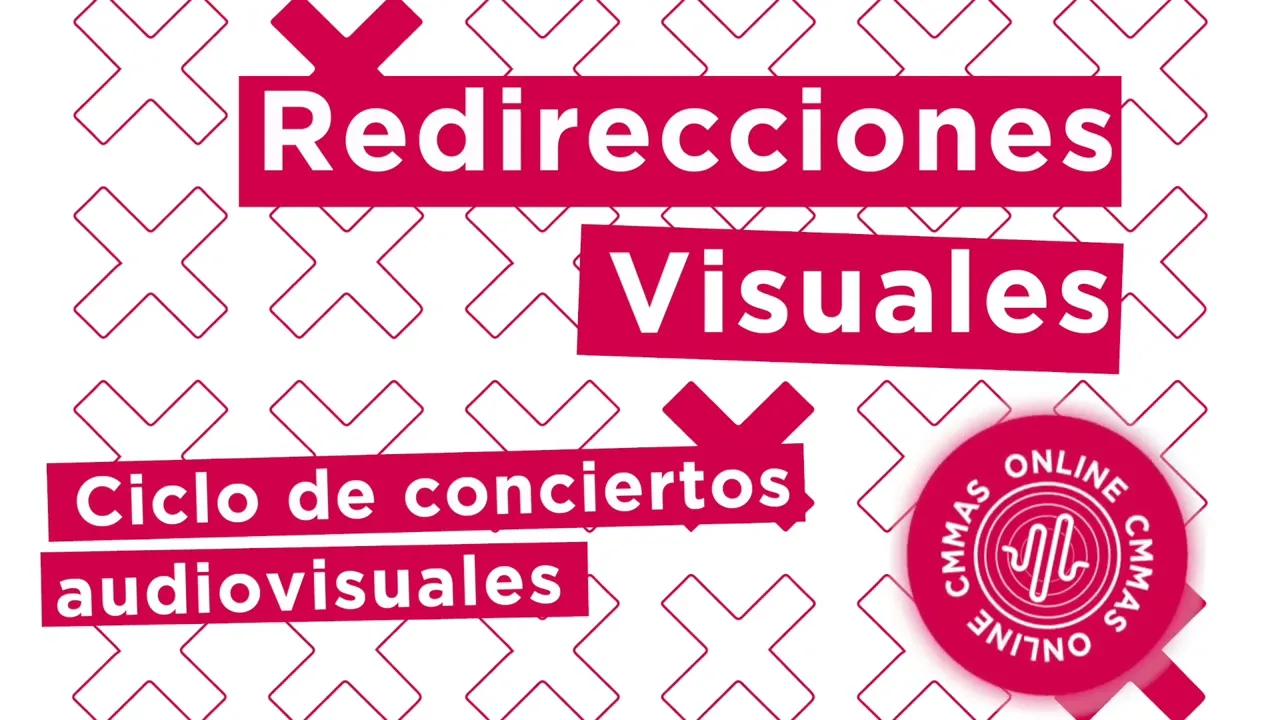
https://en.cmmas.com/items-2/8.--curador%3A-antonio-isaac
https://en.cmmas.com/redirecciones-visuales
Concert Miradas del Mundo within the cycle Redirecciones Visuales hosted by the Mexican Center for Music and Sound Arts in Morelia Michoacán, Mexico
Monday, 4 July 2022 // 20:00 (MX) // online
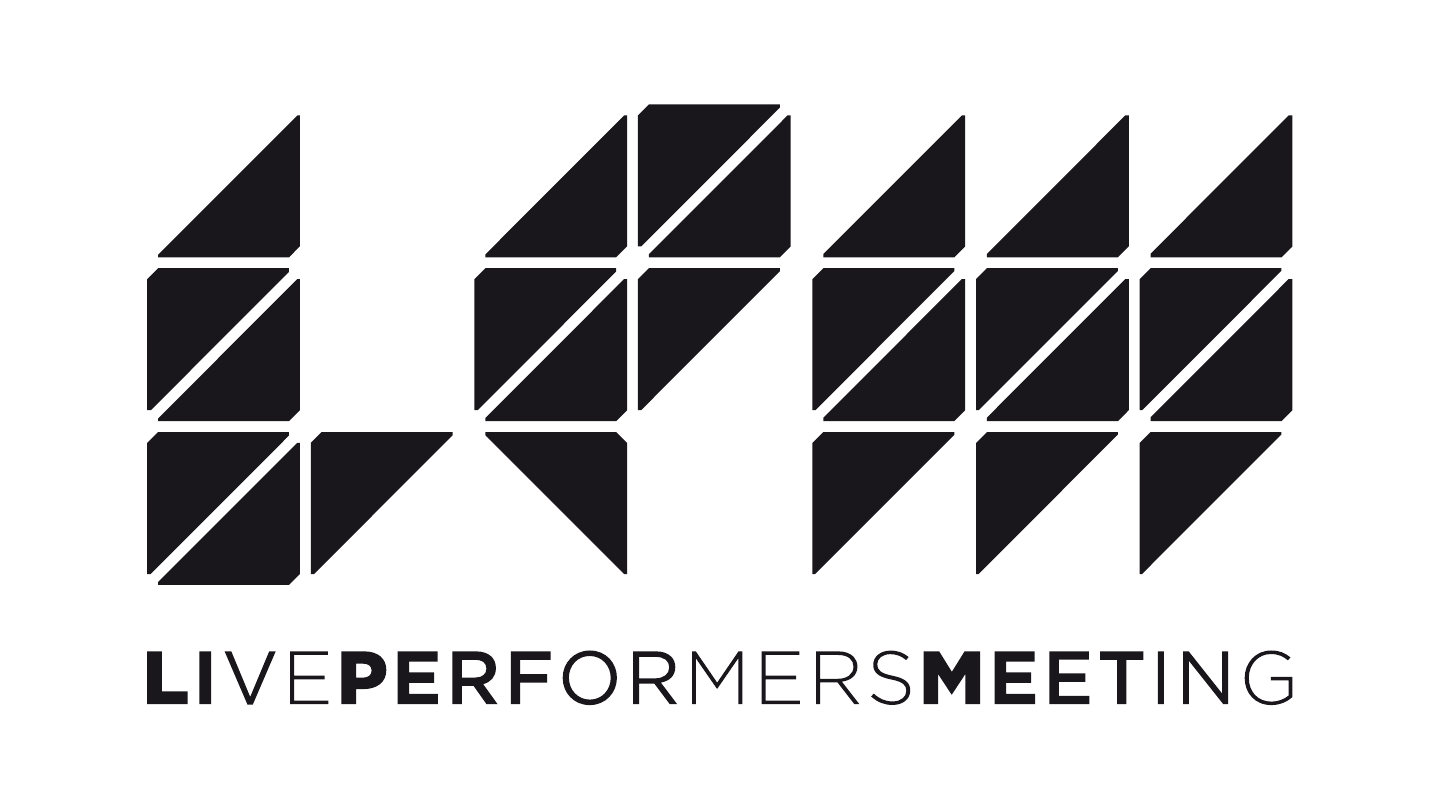
https://liveperformersmeeting.net/editions/2022-rome/artists/ommatidia/
Live Performers Meeting | Edition XXIII June 9th - 12th 2022 | Rome
Saturday, 11 June 2022 // 20:00 // Nuovo Cinema Aquila // Room 1
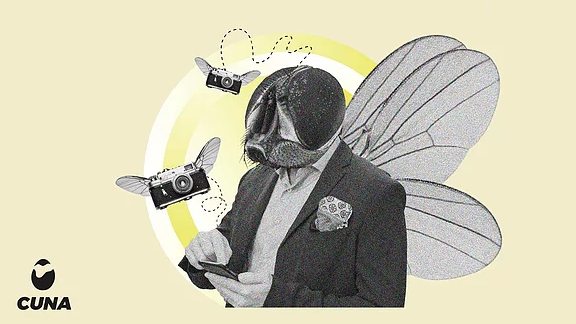
https://en.cunamex.com/ommatidiaperformance
Free registration required, online performance February 6th, MX and online.
IKLECTIK [off-site] presents
Sonic Electronics Halloween Event (online) with
Amy Cutler / on&off / Isn'tses & raxil4 / mathr & netz
Saturday 31 October | 8pm GMT
On IKLECTIK Youtube channel
https://buytickets.at/iklectik/343401
https://www.facebook.com/events/178466543257456
STWST48x6 MORE LESS
in Kooperation mit ARS ELECTRONICA Kuratoren:
Shu Lea Cheang, Tanja Brandmayr, Franz Xaver
Linz, Austria, online
2020
The fly vision algorithm is based obviously on the eyes of flies:
A compound eye is a visual organ found in arthropods such as
insects and crustaceans. It may consist of thousands of ommatidia,
which are tiny independent photoreception units that consist of a
cornea, lens, and photoreceptor cells which distinguish brightness
and color. The image perceived by the arthropod is a combination of
inputs from the numerous ommatidia, which are oriented to point in
slightly different directions. Compared with single-aperture eyes,
compound eyes have poor image resolution; however, they possess a
very large view angle and the ability to detect fast movement.
The visualization code takes an image from a single lens webcam, and processes it to emulate the ommatidia. Arranged in a hexagonal grid, which is an optimal packing reached by evolution, each cell has a wide angle, with overlapping edges repeating parts of the image and enhancing the drama of moving objects. The colour of the cells are modified according to the volume levels of three frequency bands of audio (bass, mids, treble). Over time the size of the cells are modulated, zooming disconcertingly.
Reading Donna Haraway “Simians, Cyborgs, and Women. The Reinvention of Nature” I realised that the proposal the author was presenting adjusted to the practical work we are developing on Ommatidia:
These are lessons which I learned in part walking with my dogs (…). It is a lesson available from photographs of how the world looks to the compound eyes of an insect (…). The ‘eyes’ made available in modern technological sciences shatter any idea of passive vision; these prosthetic devices show us that all eyes, including our own organic ones, are active perceptual systems, building in translations and specific ways of seeing, that is, ways of life. There is no unmediated photograph or passive camera obscura in scientific accounts of bodies and machines; there are only highly specific visual possibilities, each with a wonderfully detailed, active, partial way of organizing worlds.
(Haraway, 1991, p. 190)
This corresponds to Haraway’s feminist version of objectivity and following the author’s theories, we present the fly vision algorithm as a symbolic work that corresponds to the subjugated standpoint, the vision of the less powerful and the partial perspective that stands against the totalization of a universal single vision, which promises falsely equality through the scientific rhetoric myth. Our proposal stands for transforming the ways of seeing and constructing situated knowledge in a new feminist objectivity.
Moreover, Ommatidia is based on the theory of Atomic Vision developed by the Surrealist painter Salvador Dali, who, influenced by the science of particle physics, contributed to link art and science through showing the discontinuity of matter at a sub-atomic level. As an example, we refer to “The Hallucinogenic Toreador”, and we present our Ommatidia work as continuation of this and other work - optical illusions and hypnotics forms - appearing throughout the history of art.
The webcam processing is written in the C programming language. It uses the GLFW library to create a window on the desktop within which the graphics can be displayed. OpenGL function pointers are retrieved using the GLEW library. The glm library is used for matrix transformations. The libv4l2 library is used to access the USB webcam and transfer image data from it. The libjpeg library is used to decode the image data from the webcam into pixel data for upload as an OpenGL texture. The JACK audio connection kit library is used to input audio from the soundcard, with parts of clive (which are originally based on algorithms from of Pure-data) used to filter the sound into frequency bands and calculate each band's volume level.
The visual algorithm is implemented in OpenGL shading language (GLSL). There are two main parts to the algorithm: first, a coordinate transformation to give the zoomed hexagonal cells appearance; and second a colour transformation to give the sound reactive psychedelic effect. There is a small neighbourhood search for the coordinates of the center of a nearby cell of the tiling.
The coordinate
transformation is applied to two variables, one of which is translated
relative to the central cell, the other is untranslated. This is so
that the spatial derivative of the untranslated copy is continuous,
which is important as it can be used for mipmap level selection in
the textureGrad() function (the regular
texture() function would have unsightly seams at the
edges of cells).
The colour tranformation is a non-linear cosine shaping of RGB values
bracketed by a hue shift that depends on in which of the three tiling
equivalence classes the current cell is.
In addition to the webcam processing, which is a standalone program
for Linux, a small patch in Pure-data is used to send MIDI note
messages to the Novation BassStation Rack synthesizer. Pure-data is
launched with the -sleepgrain 0.1 parameter to improve
timing accuracy.
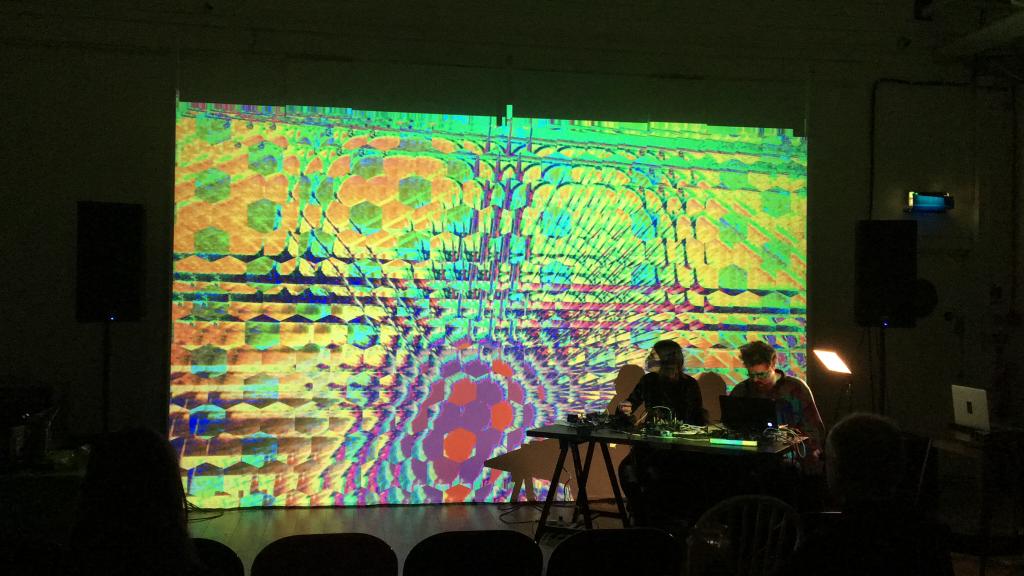
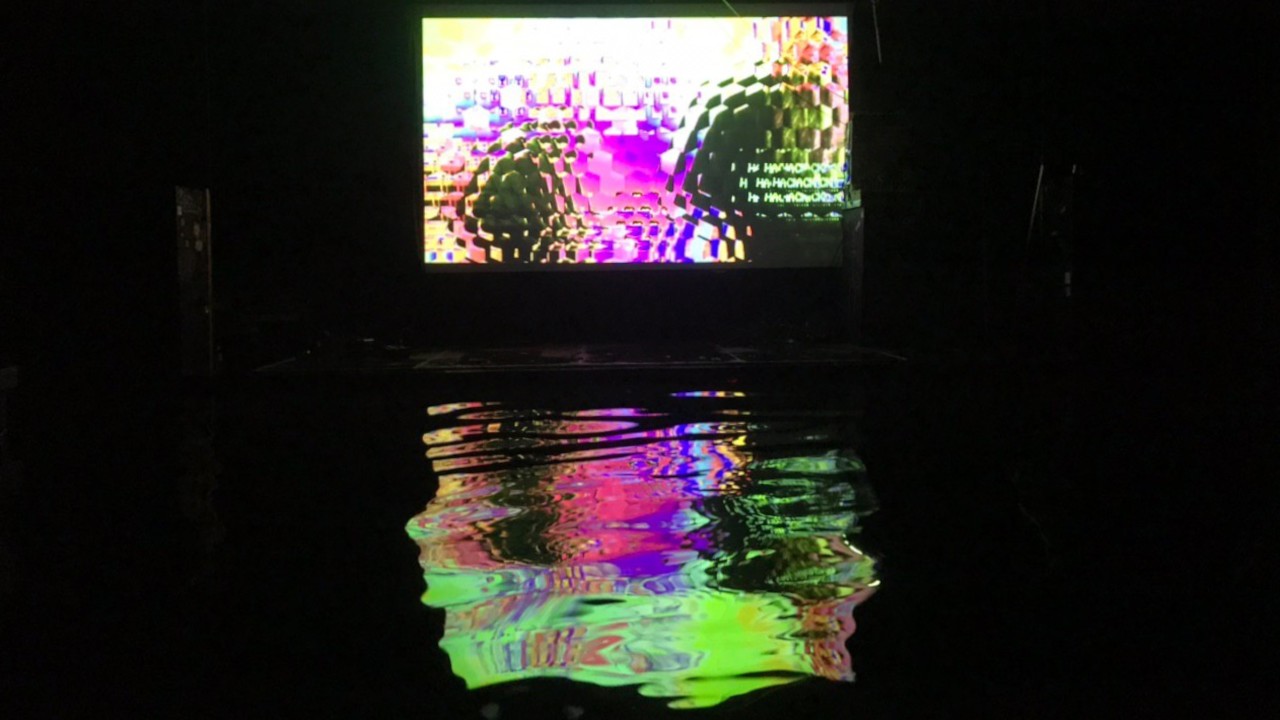
Claude Heiland-Allen is an artist from London interested in the complex emergent behaviour of simple systems, unusual geometries, and mathematical aesthetics. From 2005 through 2011 He was a member of the GOTO10 collective, whose mission was to promote Free/Libre Open Source Software in Art. Since 2011, Claude has continued as an independent artist, researcher and software developer. His current main projects include various deep zooming tools for 2D escape time fractals (et, kf, zoomasm), musical performance live-coding in the C programming language (clive), and a postfix bytebeat/rampcode music system with a collaborative web-based interface based on Etherpad (barry).
Laura Netz is a curator, artist and researcher established in London since 2009. Has collaborated with various institutions such as Fonoteca Nacional de Mexico, Museum of Contemporary Art Barcelona, Museum of Transitory Art, or International Symposium on Electronic Arts. In 2015, she launched her independent record label EAM Elektronische-art-and-music. Laura Netz is an active participant in the hacker community. Although the artists creates her own DIY oscillators prototypes based on Hardware Hacking by Nick Collins, and also develops workshops on DIY circuitry for beginners, during Medial Dark Ages performance the artist is using prototypes from: Mutan Monkey Analog Instruments, DIY opto-oscillators; Martin Howse, Detektors; and Cyrille Henry, Nozoïd, MMO-3.
Provided by artists:
Provided by venue:
Online streaming also possible via OBS/YouTube.
Email: ommatidia@mathr.co.uk